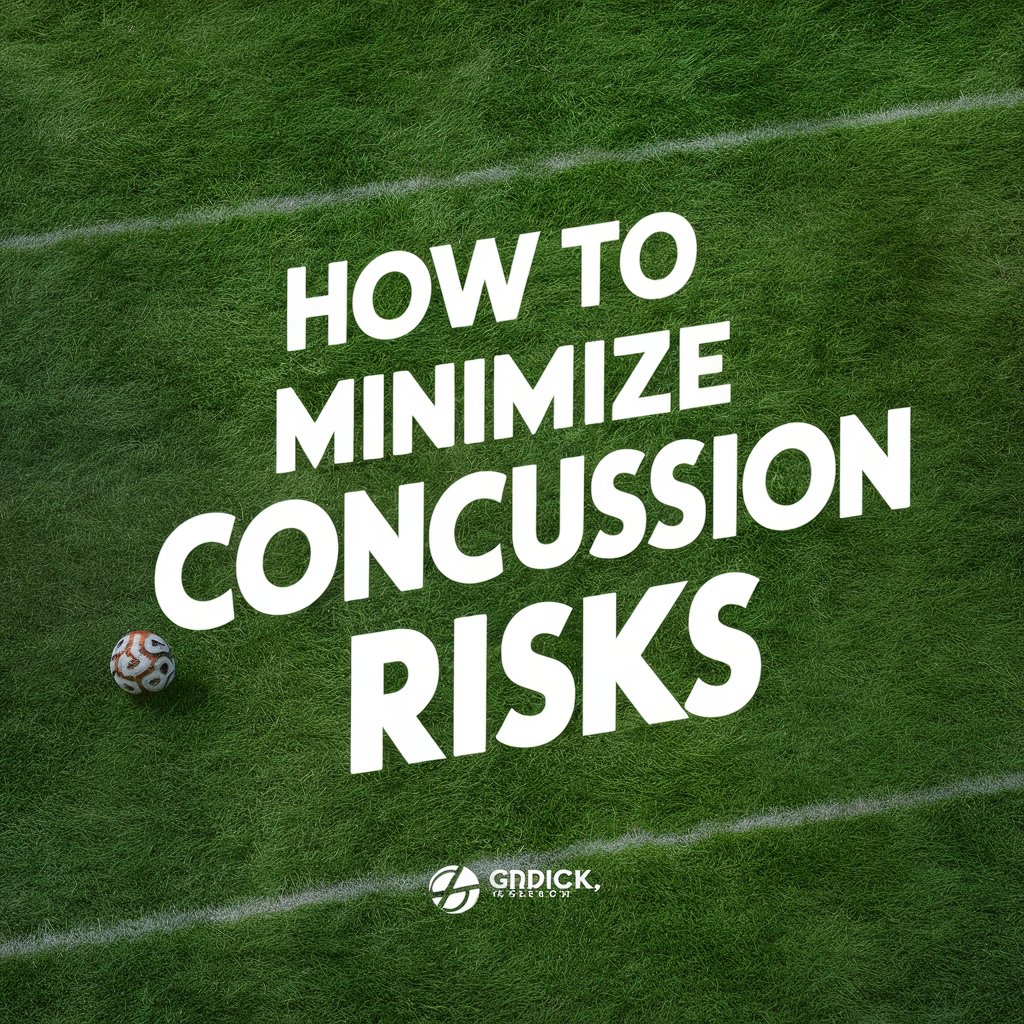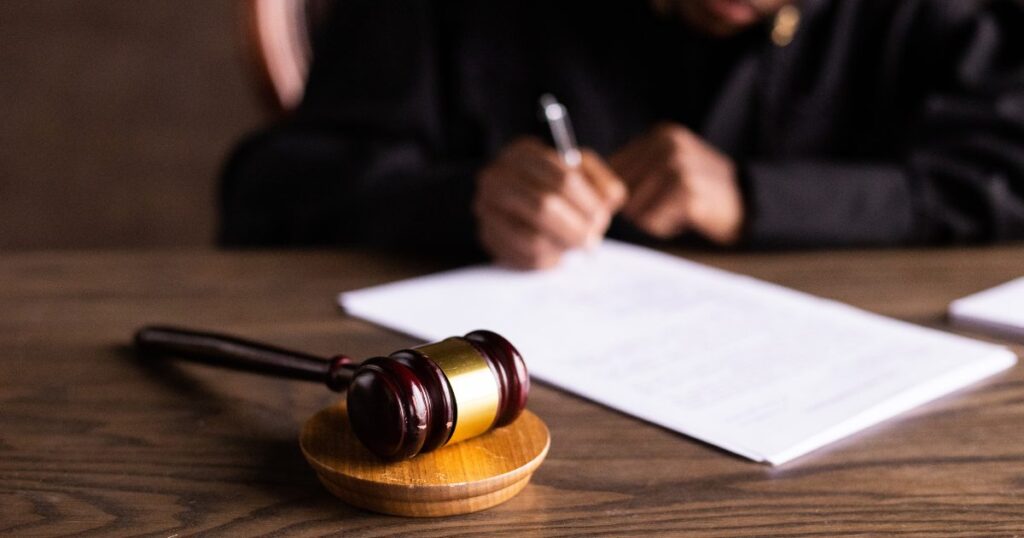The excitement of sports often comes with a risk, and among the most concerning is the risk of concussions. Sports enthusiasts, athletes, and even casual players are increasingly aware of the dangers concussions pose. This blog post will explore practical steps to minimize the risk of concussions in sports and activities. From understanding what concussions are to implementing safety measures, you’ll learn how to stay safe while enjoying your favorite sports.
Understanding Concussions
What is a Concussion?
A concussion is a type of traumatic brain injury caused by a bump, blow, or jolt to the head. It disrupts the normal function of the brain, leading to various symptoms.
Symptoms of Concussions
Common symptoms include headaches, dizziness, confusion, and memory loss. Some people may experience nausea or sensitivity to light and noise.
Long-term Effects
Repeated concussions can lead to severe long-term health issues, such as chronic traumatic encephalopathy (CTE). It’s crucial to understand the risks and take preventive measures.
Importance of Protective Gear
Helmets
Wearing a helmet specifically designed for your sport can significantly reduce the risk of head injuries.
Mouthguards
Mouthguards not only protect your teeth but also help absorb shocks, reducing the risk of concussions.
Padding and Braces
Using appropriate padding and braces can provide additional protection, especially in high-impact sports like football and hockey.
Proper Training and Technique
Skill Development
Learning the correct techniques for your sport can help you avoid dangerous situations that may lead to concussions.
Conditioning
Regular conditioning exercises can improve your overall fitness, making you less prone to injuries.
Awareness
Being aware of your surroundings and the actions of other players can help you anticipate and avoid potentially dangerous situations.
Regular Check-ups and Assessments
Baseline Testing
Baseline testing before the sports season begins can help healthcare professionals assess the impact of any future injuries.
Regular Monitoring
Regular health check-ups can help identify any issues early, allowing for timely intervention.
Return-to-Play Protocol
Following a proper return-to-play protocol after a concussion ensures that you are fully recovered before resuming sports activities.
Educating Coaches and Players
Training Programs
Implement training programs that educate coaches and players about the risks and prevention of concussions.
Workshops
Conduct workshops and seminars to keep everyone informed about the latest safety practices.
Communication
Encourage open communication between players, coaches, and medical staff to ensure a safe playing environment.
Using Technology to Enhance Safety
Smart Helmets
Smart helmets equipped with sensors can monitor impacts and alert coaches to potential concussions.
Video Analysis
Video analysis can help identify risky behaviors and improve player technique.
Apps and Wearables
Using apps and wearable technology can provide real-time data on player movements and impacts, helping to prevent injuries.
The Role of Sports Organizations
Implementing Safety Standards
Sports organizations should implement and enforce safety standards to protect players.
Regular Reviews
Regularly reviewing and updating safety protocols ensures they remain effective.
Collaboration
Collaborating with medical experts and researchers can lead to the development of better safety measures.
Community Involvement
Parental Guidance
Parents should be involved in their children’s sports activities, ensuring they follow safety guidelines.
School Programs
Schools can implement programs that educate students about the importance of safety in sports.
Local Initiatives
Community initiatives can raise awareness and promote safe practices in local sports leagues.
Psychological Considerations
Mental Health Support
Providing mental health support for athletes can help them cope with the pressures and stress of sports.
Encouraging a Safety Culture
Fostering a culture that prioritizes safety over winning can reduce risky behaviors.
Building Resilience
Teaching athletes to build resilience can help them recover from injuries and setbacks.
Understanding and implementing these strategies can significantly reduce the risk of concussions in sports and activities. By prioritizing safety, using protective gear, proper training, regular check-ups, educating coaches and players, leveraging technology, and involving the community, you can enjoy sports with peace of mind. Remember, your health and well-being are the most important aspects of any game. Stay safe and play hard!






